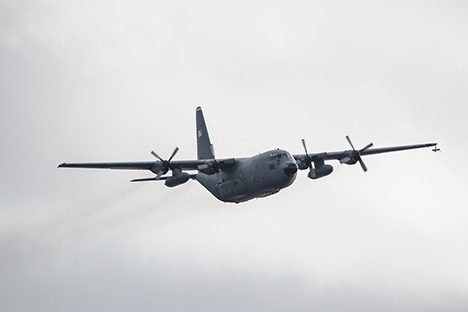With day one of Station One complete, an opportunity is provided to reflect on the stations events so far. I woke up at to start the day at 11 o’clock, quickly helping myself to a cup of the ships endless pot of coffee and a hefty bowl of cereal. If this sounds like a very lazy Saturday morning to you, I’ll add that this is in fact 11pm, with the sun not due to rise for another five hours at our northern latitude. After deploying a series of drifters and vertical profiling floats to autonomously observe the water long after we have left the station, we started our first sampling of the day promptly at half past midnight. But we don’t start our work so early simply because we are excited about collecting our samples. It turns out that light can be the enemy of scientists wanting to study the world’s tiniest photosynthetic organisms. When the sun pops over the horizon, the light used in photosynthesis alters properties of the phytoplankton that we want to measure in a dark-adapted state. As a result, when the late spring offers abundant light and long days, we have to take advantage of every hour of darkness provided.
While the ship is busy with scientists running around in the wee hours of the morning, the ocean can still feel like a lonely place. Step out onto the deck to sample from the rosette, manage incubations, or run up to the aerosol vans to check an instrument, and the fog that lightly grips the darkness provides a sense of immense solitude. However, the light of the morning brings contrast to this feeling, as life abounds all around us, only camouflaged by the stillness if the night. Stowaway songbirds start singing in a small portside hangar. Local fulmars begin to gather near the A-frame at the rear of the ship, hoping for an easy meal to be dumped overboard. Even a pod of pilot whales is spotted in the distance, with rumor that this may be the same pod we observed here last November. Suddenly, the seas do not seem so lonely after all. And to top it off, today was the first fly-by from the C-130 airplane, which collected data on atmospheric gasses, aerosols, and ocean color to complement our shipboard sampling for the NAAMES study objectives. To see another ship on the horizon or planes traveling at 30,000 ft is generally the closest we come to others not on the Atlantis, so to receive a low altitude fly-by from our fellow scientists elevates the spirit, knowing we are important to them and they are important to us.

Local fulmars floating nearby of the ship. Photo: Christian Laber
Though most science stopped momentarily for the fly-by, as our colleagues flew back into the cloud line, we once again entered the labs to continue our first full station. And as of now, the day has been a great success. Many are still busy deploying and operating instruments, however those of us who started our day before the day actually started are winding down for an evenings rest. We expect to have a schedule like this for the next two weeks, so the early mornings have only just begun. I think there’s an old saying: Early to bed, early to rise, makes a person healthy, wealthy, and able to collect good data on phytoplankton.

The C-130 on its first fly by of the NAAMES-II expedition. Photo: Christian Laber
Written by Christian Laber




Glad to hear the first station gatherings were a auccess. Had a good giggle about the early to bed, early to rise makes for good gathering of phytoplankton. Great pictures!